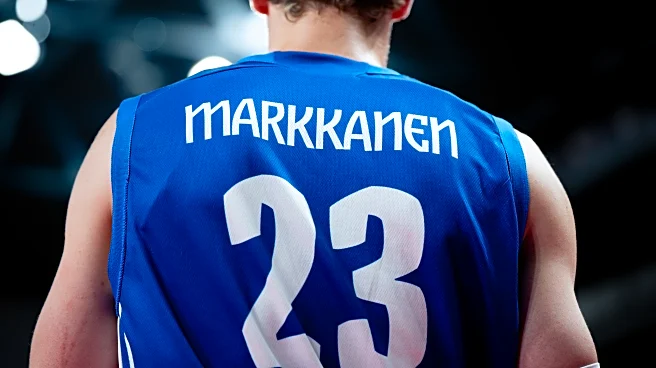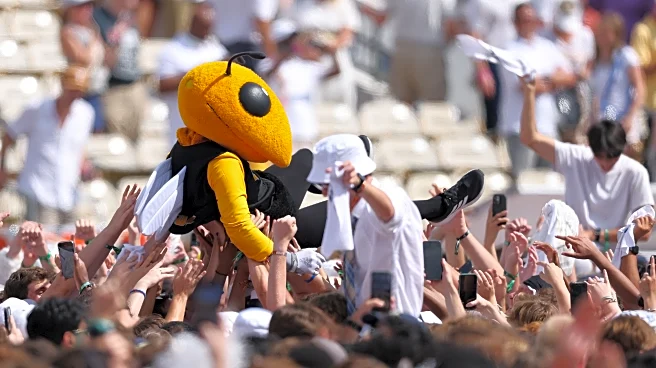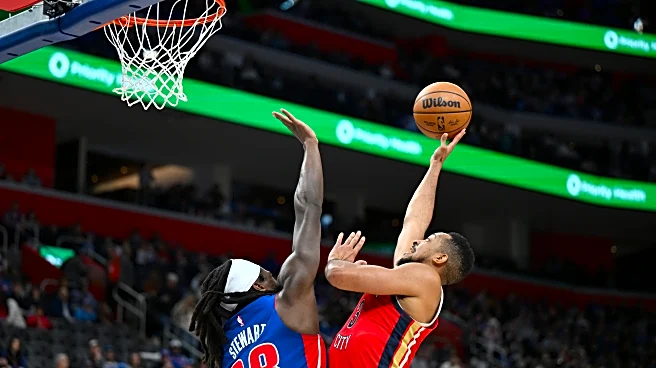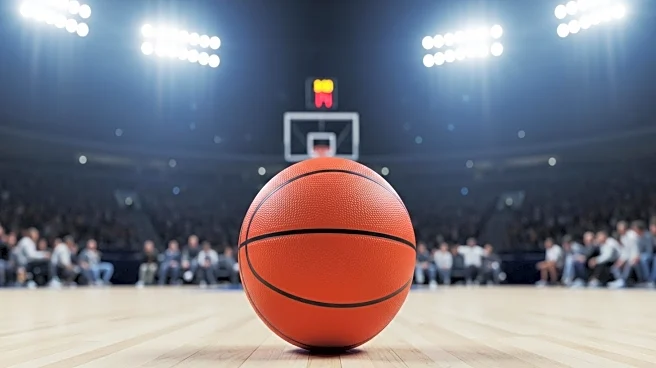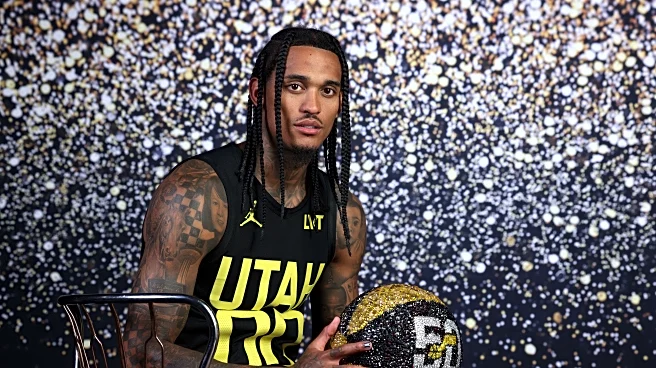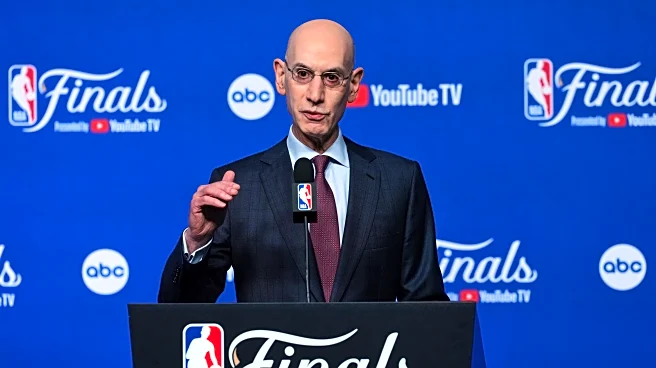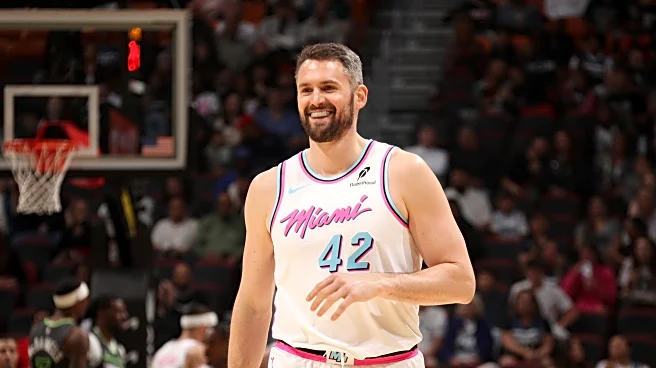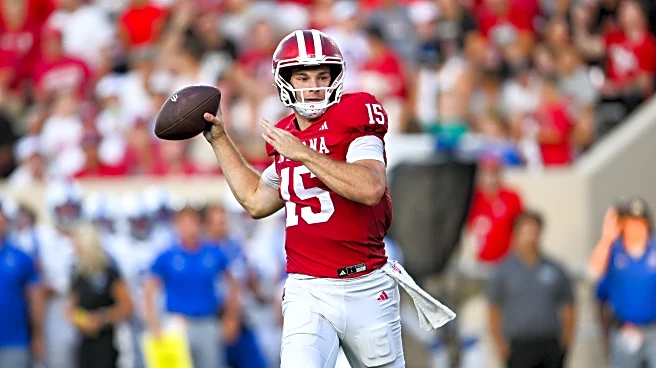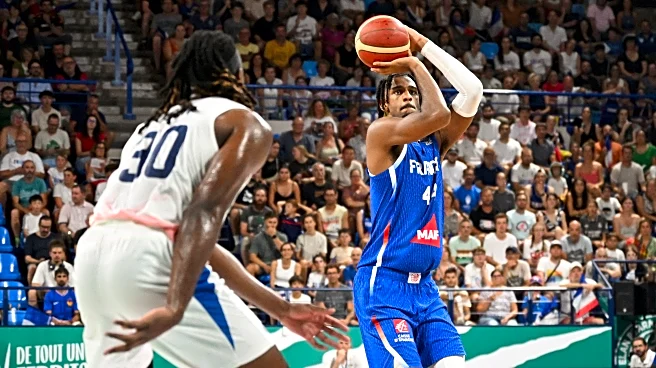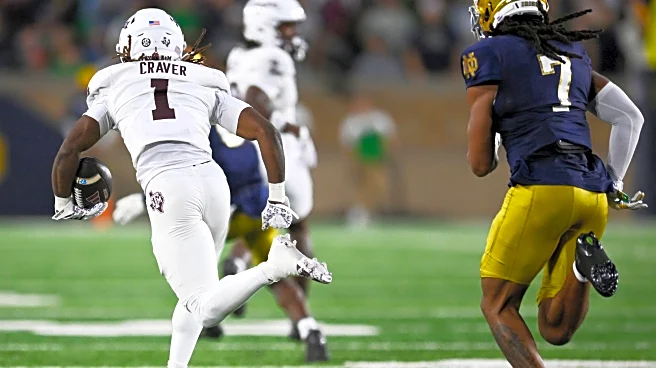THE UTAH JAZZ WILL NOT WIN very many games this season. This has been proposed, voted on, and unanimously accepted by the board, and we must never question the board. In the modern age of NBA basketball, organizations typically pursue one of three strategies: win as many games as possible and try to win a championship (a bit vanilla, but if that’s your thing, I guess), abandon tradition and lose in the short-term to gradually build a competitive team over time, or be the Chicago Bulls.
Utah, as I’ve
already established, is neck-deep in the waters of Loser River, which wraps around the cliffs of Draft Pick Peak, and breathes life into the valley of crushed dreams. Not exactly a popular tourist destination, but teams like Washington, Charlotte, and the like have been living there for years.
Since the Jazz took up residency in this forsaken land, their harvests have been less-than fruitful, digging out inefficient scorers, miserable defenders, and insufferable mediocracy to far outweigh the yield of capable NBA contributors. It’s been bleak: there’s no way around it. But for some reason, this year’s crops seem to have the village buzzing with anticipation.
The Jazz selected two prospects in the first round of this most recent NBA Draft (shoutout to John Tonje, by the way). Both of them seem to be capable contributors for an NBA team. Both of them bring distinct strengths. Both of them seem to send a deliberate and unmistakable message to anyone paying attention. That message?
The Utah Jazz are drafting with purpose
Two players who are capable of putting the ball in the basket. Two players with real, translateable NBA talent. Two players who are less than 50% hypothetical. Two players who will bring meaningful basketball to the Salt Lake Valley.
These are two players who show immediate promise. No fancy-pants analytics that suggest that, given all the right circumstances, a player may or may not possibly become a sort of decent player at the NBA level. Nope: this pair of hoopers passes the eye test. They pass on the box score. Yes, professor, they pass with flying colors. Do you want to know why?
Utah didn’t mess around this time: they only drafted great basketball players.

Allow me to reintroduce the first steps to competitive basketball in Utah: Ace Bailey and Walter Clayton Jr.
Ace Bailey: Finally, some real upside
He’s the typical home-run swing from this era of the Utah Jazz, only this time, they have the benefit of vision. They didn’t blindly swing at this guy (and no examples will be named). No, this is a player with obvious upside. A player whose best traits will show up on the court from day one, and who possesses actual, tangible tools. Tools that fit in your hands. Make an imprint. Take a natural human motion and multiply its effectiveness. With Ace, there’s no “if it all works out” or “in theory, he could” justifications — he’ll gladly show you his workshop if you have your doubts. He was a star in high school, he was a star in college, and if his trajectory is to be believed, he’ll excel in the NBA, too.
His weaknesses are present, of course, and I don’t mean to suggest he doesn’t hold the proverbial “untapped potential” that most lottery teams have to dig for outside the top three (or the entire 2024 class, for that matter). Ace has been known to take regular shots that any non-Kobe or Jordan players likely don’t have any business attempting, though he scores at a curiosity-inducing rate. Shot selection can easily be corrected with proper coaching and experience, though, so there’s no need to side-eye the panic button.
His vision can be shoddy, be it an unwillingness to pass or a blind confidence that any shot he takes is, in fact, the best-case scenario for his squad. But this year will be the first time Ace isn’t the star player for his team (co-star, in Dylan Harper’s case), and his shot attempts will almost certainly take a dip as he adapts to a higher level of hoops. Utah drafted him to be a scoring wing, though, and I don’t subscribe to the narrative that all great players have to be all-world passers.
Sure, standing at six feet and ten inches (depending on who you ask) has its drawbacks. His dribble hasn’t been particularly tight. It’s like watching a hundred-year-old oak tree try to snatch your ankles — the ball just has to travel so far from his hand to the floor. He won’t burn many defenders in a clean-cut, no-resistance dribble move, nor did he really need to. He’s a tough player, though. Happy to assert his dominance physically and meet at the rim in a happy-birthday-I’m-going-to-shove-this-entire-cake-down-your-throat type of way before assaulting the cylinder.
As seen in Summer League, Ace’s 6’10” frame was well-utilized for inhaling rebounds. Paired with exceptional athleticism, many of those boards were hand-delivered right back to the rim (if you could just sign here, sir). Tremendous lateral quickness, length, elasticity, and burst are not only critical qualities of a rubber band; these adjectives could just as easily describe why Bailey projects so well as a defender. His instincts are strong, and it shows on the stat sheet — 1.0 steals and 1.3 blocks at Rutgers. As his frame matures and adds muscle, he could become an excellent switching defender capable of covering the perimeter while also deterring errant shot attempts.
It’s not all perfect, and there are reasons he slipped from the projected second pick at the beginning of the season down to Utah’s awaiting arms in the fifth slot on draft night. Keep in mind, there is no such thing as a “sure-thing, can’t-miss” prospect in the NBA, but Ace is the best player Utah has selected since Donovan Mitchell, and I don’t think I’ll get much push-back from that statement.
Walter Clayton Jr: all killer, no filler
By the end of the season, you’ll see his name crawling up the order in re-drafts, because he’s ready to play right out of the box. The Final Four Most Outstanding Player for the national champion Florida Gators, Clayton went from an undersized point guard with Iona to the best player on the best team in the country.
He was an absolute necromancer in March Madness, breathing life into his team and resurfacing his brothers from the dead with inconceivable shotmaking in the clutch. I mean, the last four minutes of this video alone should convince you that this guy was probably the best shooter in all of college hoops, and I don’t say that lightly.
The guy is a flat-out killer.
The NBA is finally beginning to heal from the idiotic “raw 19-year-old is more valuable than a proven winner” phase of drafting. The Jazz traded up to grab Clayton because they saw the tape and drew a reasonable conclusion that Walt has a distinct and individual talent that should translate effortlessly to the NBA. 3-point shooting is a valuable skill, especially for a point guard, and you can’t deny that this kid from Florida has a rich taste for three-balls.
Walt looked just as capable in Summer League, outshining last season’s starting point guard, Isaiah Collier, in the offseason. He hit shots. He handled the rock. He found his spots and scored like a veteran. He even flashed improved playmaking ability, a skill he popped as a senior, averaging his most dimes per game by a full assist per game. With the Gators, he dropped 18 points per game while knocking through over 38% of his three-pointers. Yes, even shooting bonkers shots like those you saw in the clip, he’s not a heat-check guy — he’s just pure heat.
Look at a player. Observe obvious talent. Draft player. It can be as simple as that, yet that hasn’t been Utah’s drafting philosophy before Austin Ainge took over.
Keyonte George was taken with the hope that his inefficient scoring would be optimized and his playmaking would flourish. Cody Williams was snagged almost entirely based on hypotheticals and has yet to verify the Jazz’s pre-draft faith in him. Isaiah Collier was picked with the hope that he could turn a stiff and broken jump shot into something reliable and hovering around league average.
It’s still early, but all of these players’ pre-draft concerns remain concerns now post-draft.
For the record, Kyle Filipowski has been awesome.
But Utah was deliberate in selecting this year’s batch of hoopers. They knew who they wanted, and they got their guys. Ace sliding to fifth was a micro-miracle and best-case scenario. Walter Clayton was rumored to be Miami-bound before Utah swooped in. The Jazz have a strategy, and it’s being enacted. Still miles from anything resembling contention, of course, but this year’s class gives Jazz fans plenty of reason to rekindle their faith.
Calvin Barrett is a writer, editor, and prolific Mario Kart racer located in Tokyo, Japan. He has covered the Utah Jazz and BYU athletics since 2024.

